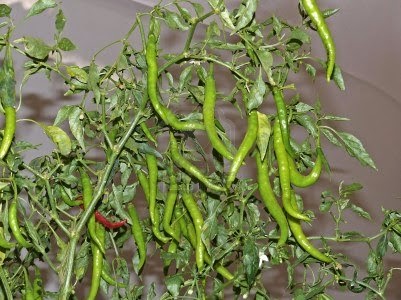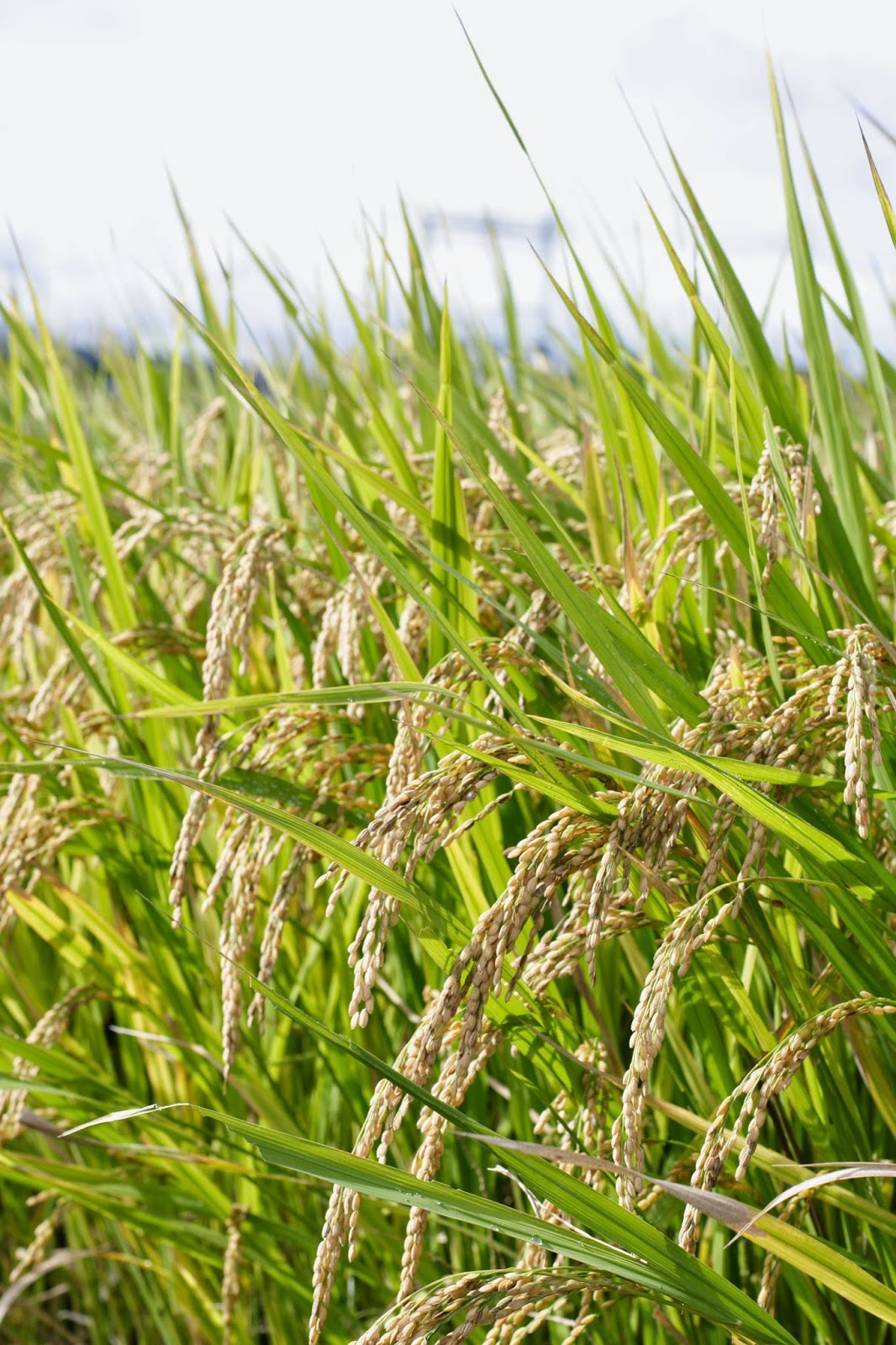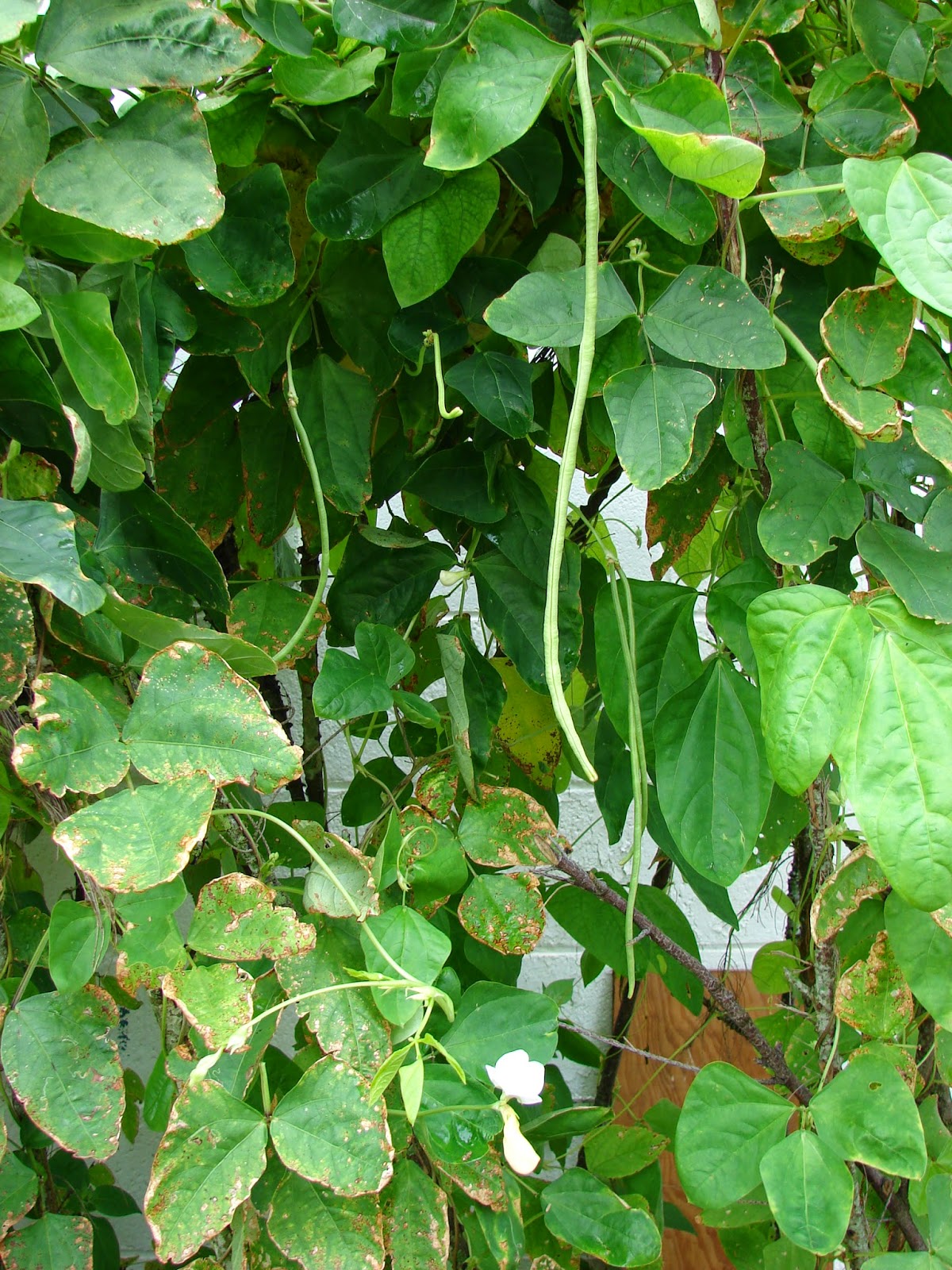Capsicum annuum L. - Capsicum, Chillie, Red or Sweet Pepper

Taxonomic Classification Kingdom: Plantae Division: Magnoliophyta Class: Magnoliopsida Subclass: Asteridae Order: Solanales Family: Solanaceae Genus: Capsicum Species: C.annuum Many botanical species and varieties have been raised within the genus Capsicum, and therefore, the classification is very confused. However, many authors recognize two main species; C.annuum and C.frutescens as follows. Usually annual, fruits borne singly ……………………..C.annuum Usually perennial, fruits borne in groups……………….C.frutescens There are many cultivars, based on the differences of shape and colour of fruits. Var. abbreviatum: fruits: ovate, wrinkled, 5cm or less Var. accuminatum: fruits: linear-oblong, pointed & pungent, over 9cm Var. cerasiforme: fruits: globosely, 1-2.5cm diameter, red, yellow or purple, pungent Var. conoides: fruits: erect, conical, 3cm, very pungent Var. fasciculatum: fruits: clustered, erect, slender, 7.5cm, very ...




